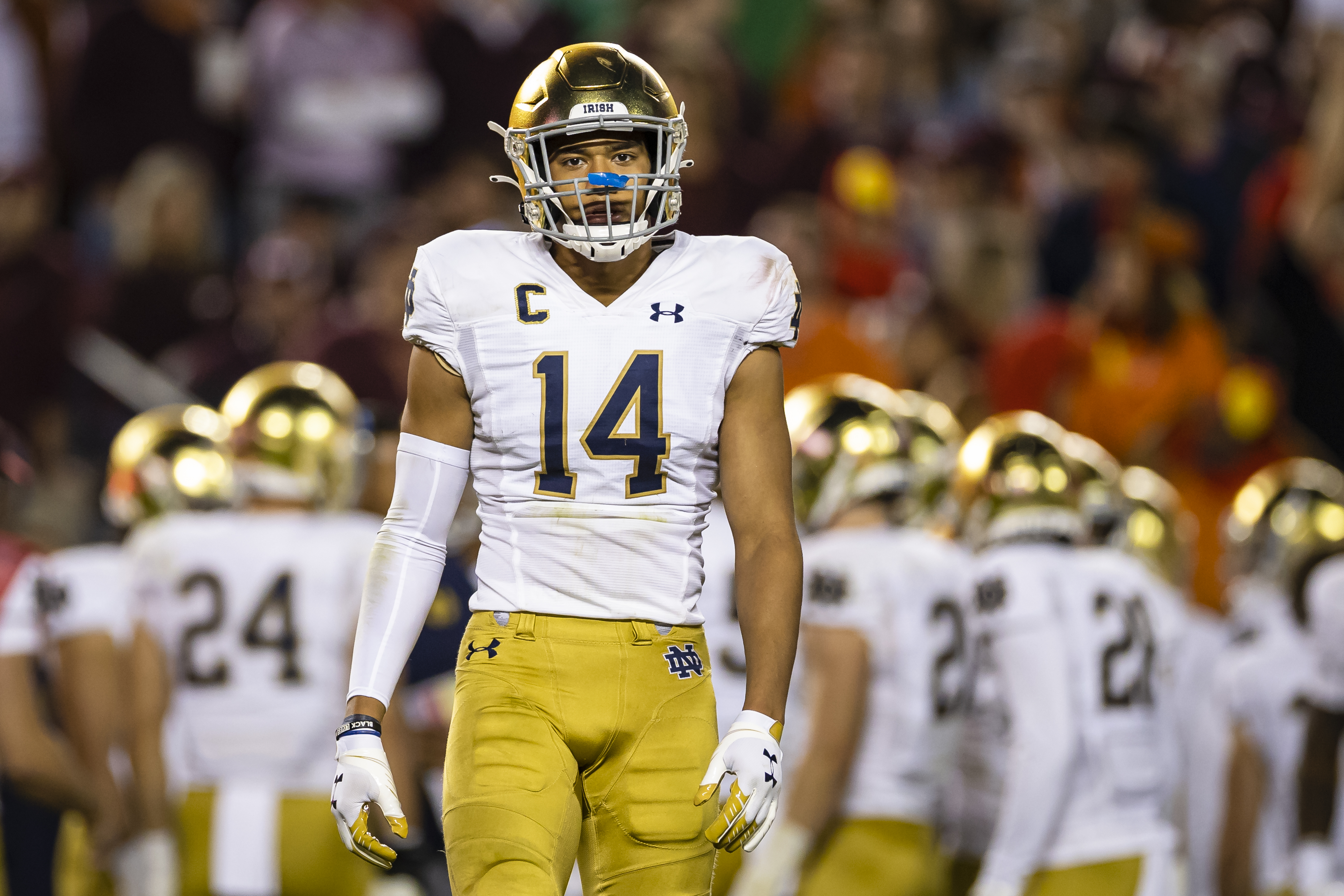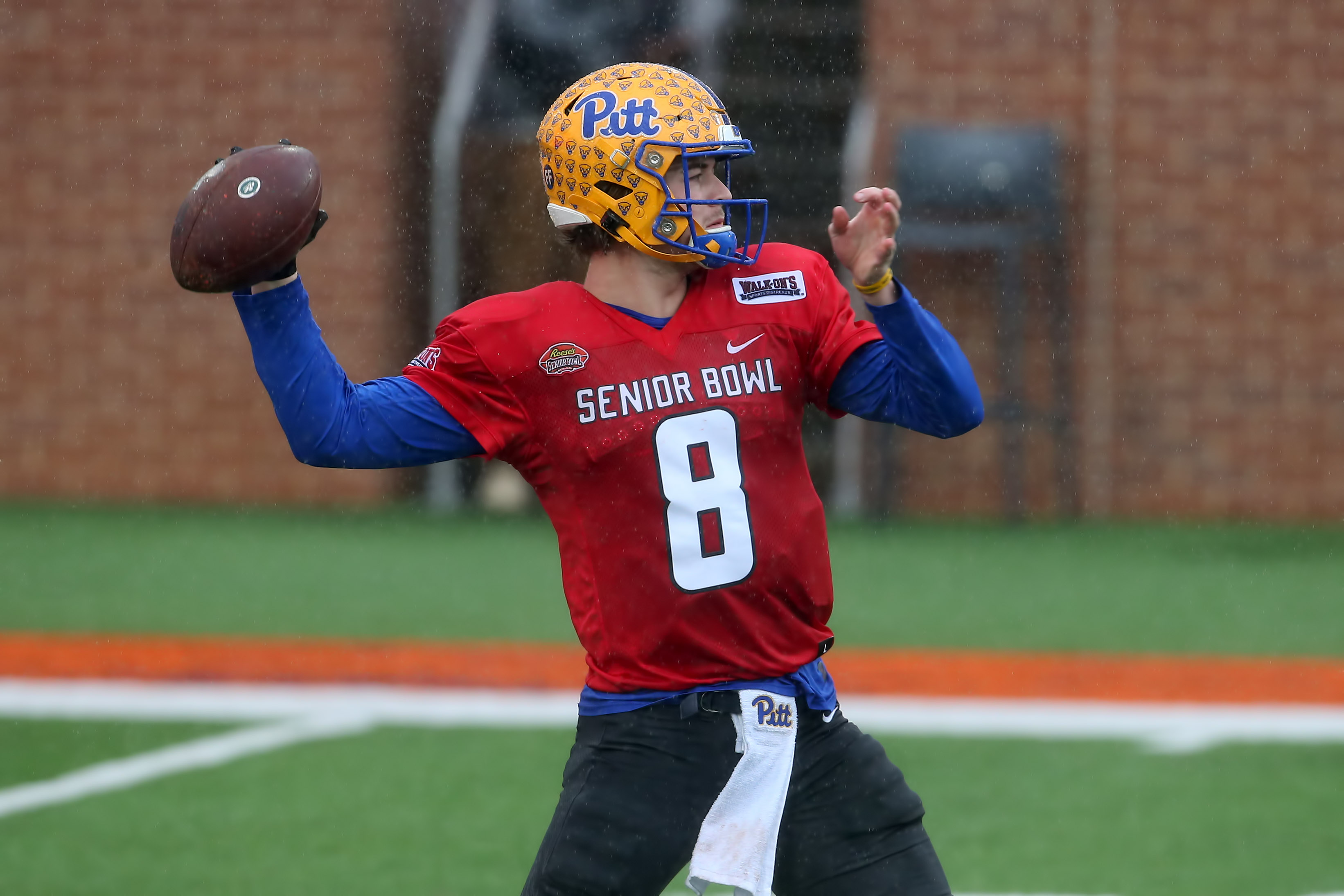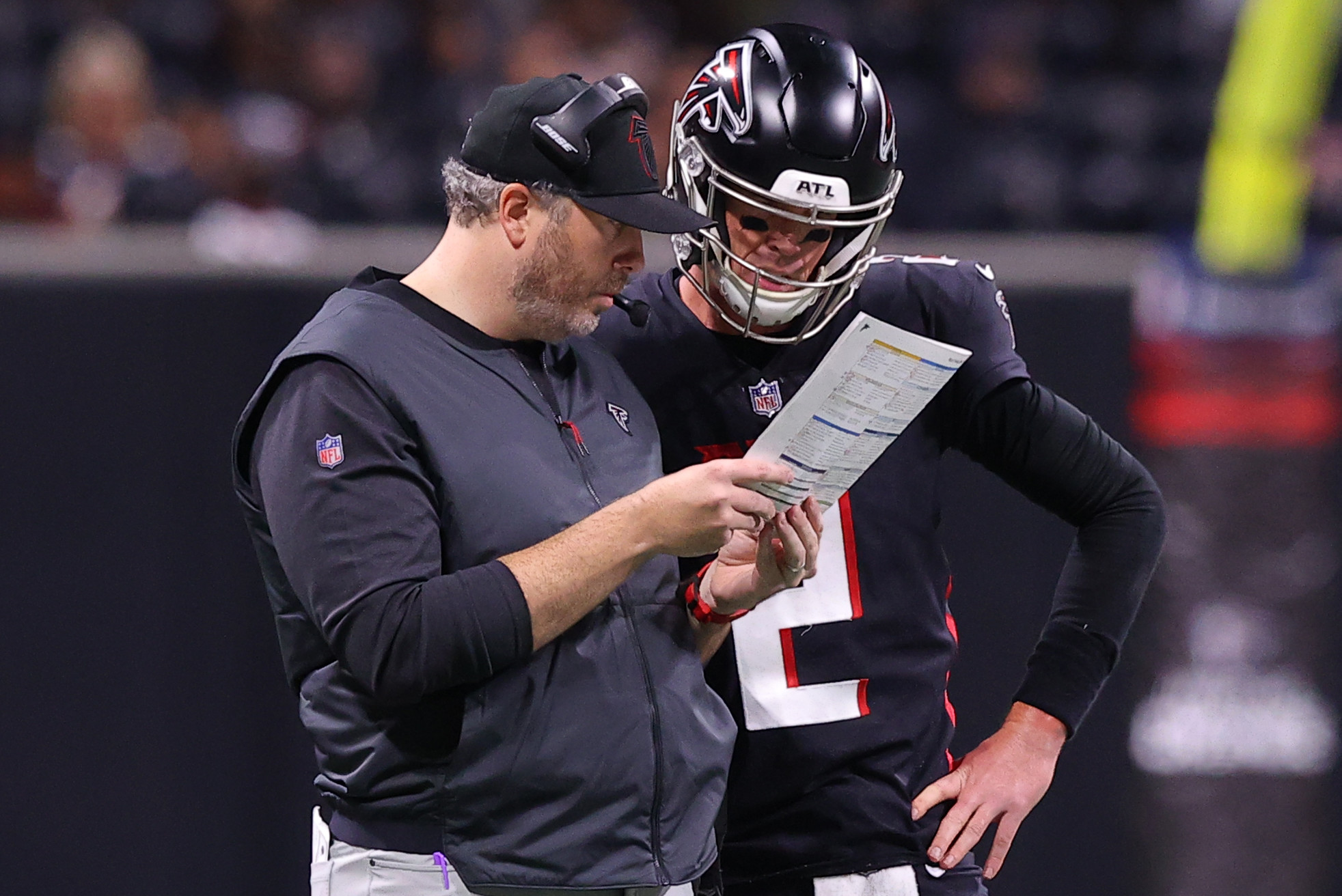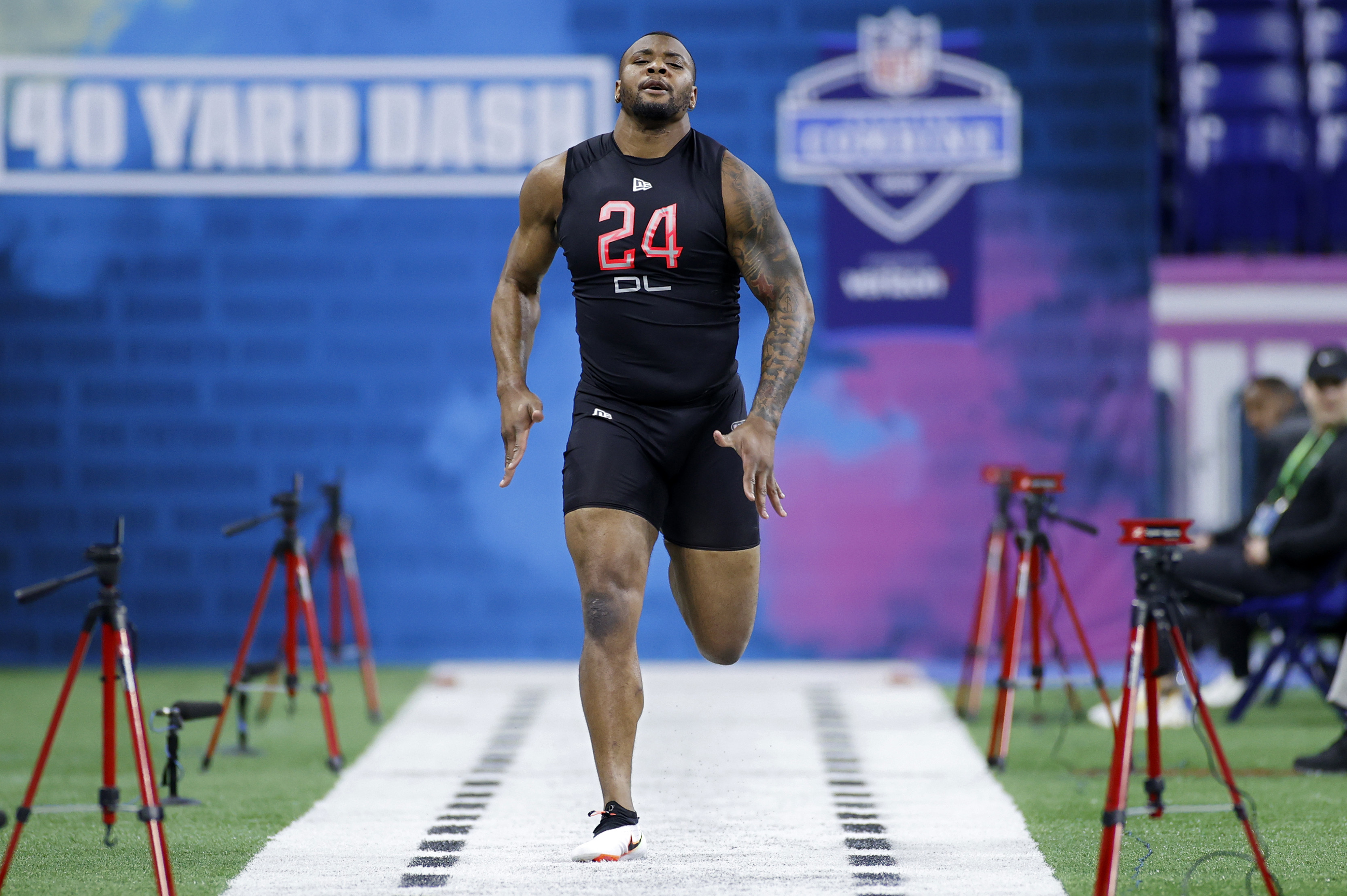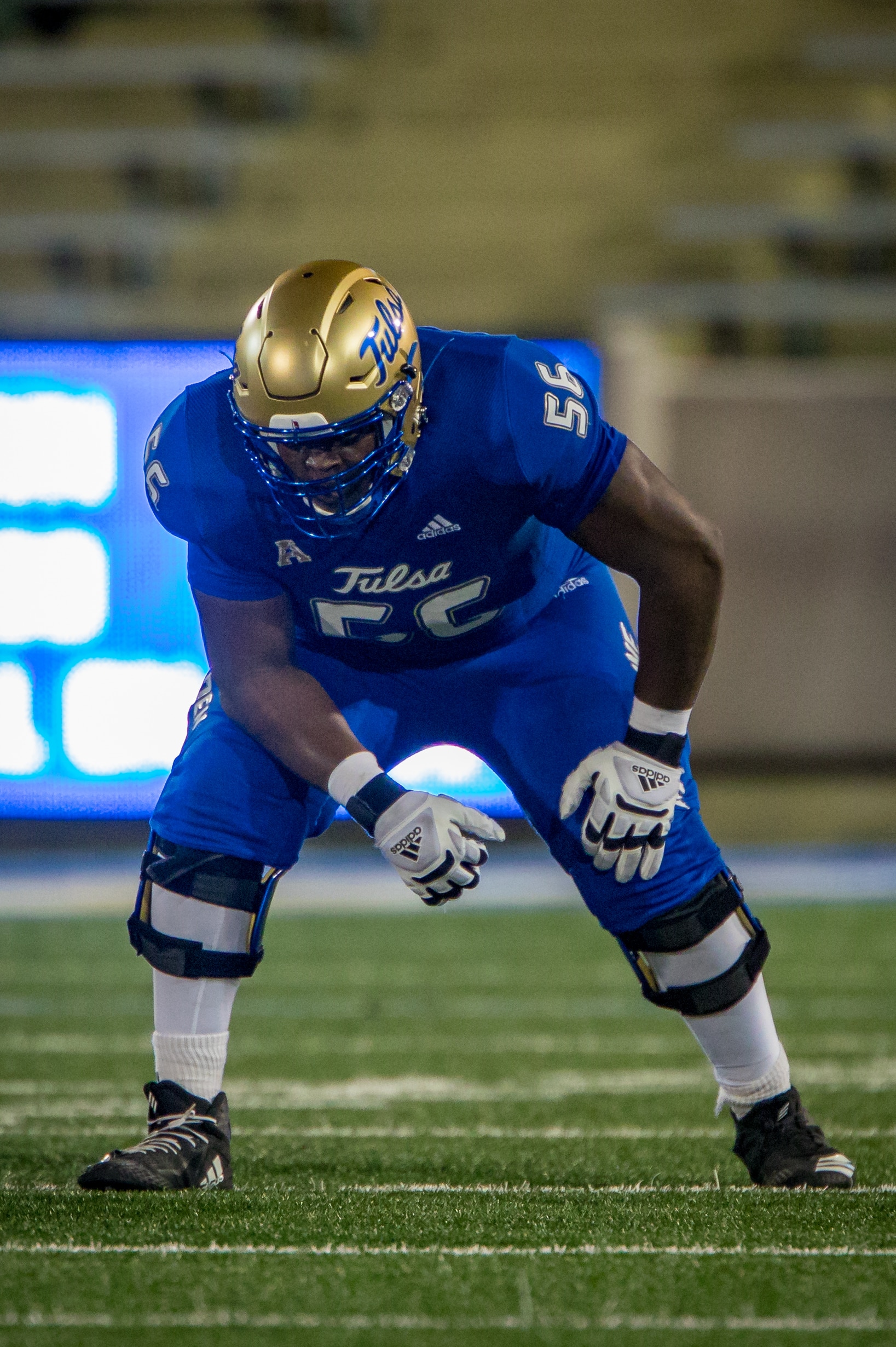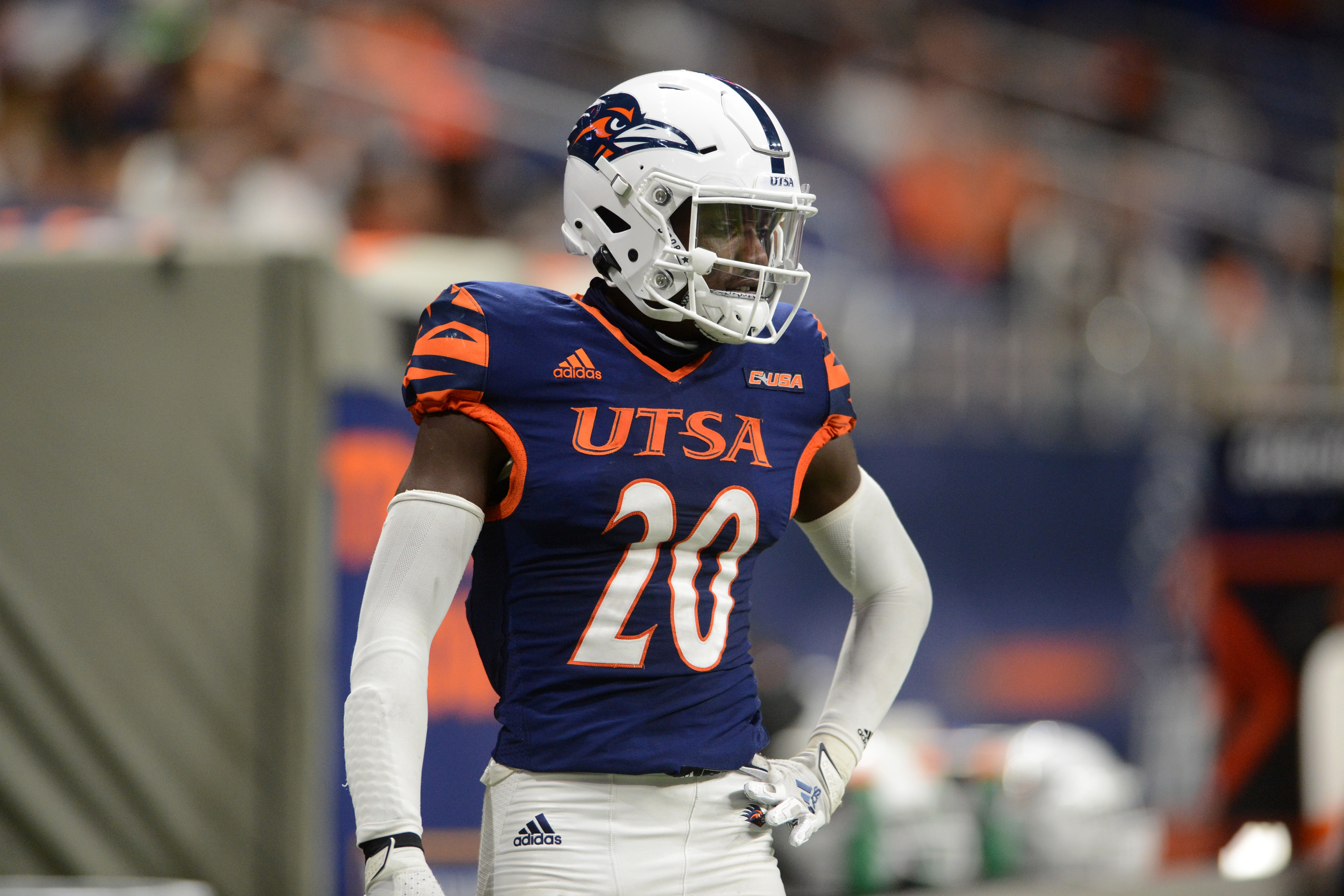How Teams Without 1st-Round Picks Can Still Win in 2022 NFL Draft
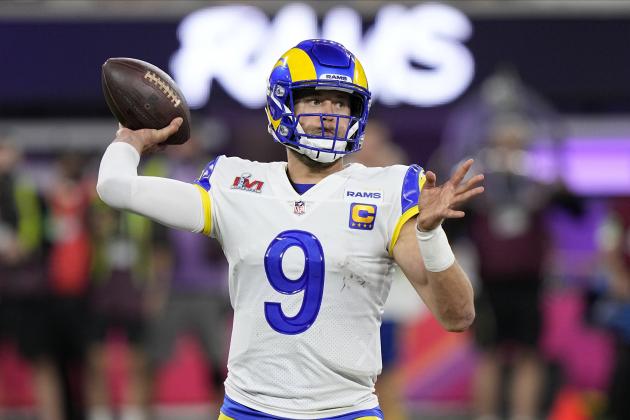
The first round of the NFL draft brings the sizzle, but the middle to late rounds provide the meat and potatoes of an organization's roster. Some of the most important pieces to the personnel puzzle are acquired between the second and seventh rounds. In fact, 84 percent of the players who made Week 1 rosters at the start of the 2021 campaign didn't hear their names called in the opening frame, per Spotrac.
So, the idea those franchises currently without a first-round pick are at a severe disadvantage shouldn't be viewed as such. They simply must rely on their scouts to identify mid-round talent to address their needs.
The reigning Super Bowl champions, the Los Angeles Rams, showed that a different approach can be just as successful as treating first-round selections like Gollum pining for the One Ring. The Rams haven't made a first-round selection since 2016 when they grabbed Jared Goff with the No. 1 overall pick. As of now, the Rams don't have another first-round choice until 2024.
"Here's what I know: The late John Madden said winning the Super Bowl was the highest of high," general manager Les Snead said during the Rams' victory speech.
"So you know what? Our players, our coaches, [team owner] Stan [Kroenke] and his family, everyone in this organization who supports them on that mission, and everyone out there, you know what? We know what that highest high feels like today.
"So in honor of the shirt, F them picks—we'll use them to go win more Super Bowls."
Snead flipped those precious commodities for proven veterans in Jalen Ramsey and Matthew Stafford. In doing so, the Rams didn't just toss away those picks willy-nilly—they did so while acquiring one of the game's best cornerbacks and upgrading at the most important position.
Now, the Rams are without their first three picks this year once the Von Miller deal is taken into account. But they should be fine because Snead and Co. know how to navigate these shallow waters.

The Rams aren't the only team without a first-round pick. The Chicago Bears, Seattle Seahawks, Indianapolis Colts and San Francisco 49ers will have to wait until April 29 to further build their respective rosters.
Obviously, Los Angeles' trades paid off handsomely. Meanwhile, the Bears and 49ers have what they believe are their quarterbacks of the future as a result of their deals. Safety Jamal Adams played well in his first season with the Seahawks and earned a Pro Bowl nod, but his play declined this past year primarily because of improper usage.
The Colts flubbed their decision by acquiring signal-caller Carson Wentz from the Philadelphia Eagles. Furthermore, Wentz's future is now considered "bleak" after a disappointing first season with the franchise, according to ESPN's Chris Mortensen (h/t Pro Football Focus' Ari Meirov).
Regardless of if those earlier expenditures were worth it or whether these teams are playoff-caliber or not, each situation should still provide them an opportunity to get better in the draft, sans first-round selection. How those franchises should go about their business is different, though.
For the Rams, their first draft pick will come late in the third round thanks to an expected compensatory selection granted by the Detroit Lions' hire of Brad Holmes as their general manager. Another compensatory pick should be awarded in the fourth round since free agent John Johnson III signed with the Cleveland Browns last offseason.
Once again, Snead must deal with a salary-cap figure that's currently in the red while potentially re-signing wide receiver Odell Beckham Jr., outside linebacker Von Miller, cornerback Darious Williams, nose tackle Sebastian Joseph-Day and offensive linemen Brian Allen, Austin Corbett and Joseph Noteboom.
The offensive line is an excellent starting point for the Rams' draft plan because quality centers and guards can always be found in the middle-to-late rounds. Ohio State's Nicholas Petit-Frere, Louisiana-Lafayette's Max Mitchell, UTSA's Spencer Burford, Arizona State's Kellen Diesch and TCU's Obinna Eze are possible targets at tackle.
The potential of replacing Allen and/or Corbett feeds into one of the class' real strengths. Memphis' Dylan Parham, Central Michigan's Luke Goedeke, Kentucky's Luke Fortner, Tennessee's Cade Mays, Georgia's Justin Shaffer and Chattanooga's Cole Strange are just some of the options along the offensive interior.
Like the Rams, the Colts offensive line requires fortifications since left tackle Eric Fisher and right guard Mark Glowinski are pending free agents. Unlike Los Angeles, Indianapolis isn't set behind center and holds a second-round selection.

While the top two or three quarterbacks are expected to come off the board in the first round, no one can pinpoint the best one out of a weak crop. Liberty's Malik Willis has the most upside, while Pitt's Kenny Pickett could be a Day 1 starter. Maybe North Carolina's Sam Howell or Nevada's Carson Strong will be available in the second frame.
Otherwise, the Colts can build around the position by concentrating on those offensive line prospects mentioned earlier, plus the likes of Penn State's Rasheed Walker, Oklahoma's Marquis Hayes, Virginia Tech's Lecitus Smith and LSU's Ed Ingram.
The Seahawks' primary goal this offseason is keeping quarterback Russell Wilson. Seattle's front office can go about this in a couple of different ways.
The offensive line is an issue here as well (see a pattern forming?), and Duane Brown's pending free agency could place left tackle atop the Seahawks' wish list. But with $35.4 million in available salary-cap space, re-signing Brown should still be a priority.
Running back isn't considered a major concern because of the position's value. However, Seahawks head coach Pete Carroll believes in a physical running attack and Seattle must improve upon finishing among the bottom six with 413 carries this past season.
The team's top two rushers, Rashaad Penny and Alex Collins, are free to test the market, while Chris Carson is under contract for one more season, but he's coming off neck surgery.
The 41st overall pick could be an ideal spot to add a premium ball-carrier since the position tends to slide a bit. Michigan State's Kenneth Walker III, Iowa State's Breece Hall and BYU's Tyler Allgeier are the top three options. One or two of them being available isn't a stretch, and the Seahawks could get an excellent value for their system by attacking a devalued position.
Surprise, the Bears also need to address their front five to keep Fields upright. Similar investments must be made at wide receiver for the fledgling quarterback to build confidence and trust in his receivers.
Fields does have Darnell Mooney, but Allen Robinson II is a pending free agent and might be out the door. Fortunately, the incoming wide receiver crop is extremely deep, as per usual.
With the 39th selection, the Bears could land an instant-impact target. Clemson's Justyn Ross, Cincinnati's Alec Pierce, Boise State's Khalil Shakir, Georgia's George Pickens, Purdue's David Bell, Kentucky's Wan'Dale Robinson and North Dakota State's Christian Watson should be viewed as potential options at the start of the draft's second day.
The 49ers could use help along their offensive interior, but their biggest concerns lie on the defensive side of the ball, particularly cornerback and defensive end.
The secondary could take a massive hit since Jason Verrett, K'Wuan Williams, Josh Norman, Dontae Johnson and safety Jaquiski Tartt are set to enter free agency. San Francisco still has Emmanuel Moseley, Ambry Thomas and Deommodore Lenoir, though the latter two will be entering their second year. Another investment in the premium position would add significant talent and depth.

With the 61st pick in hand, the Niners will be waiting awhile before they can add another piece to their backline. Mississippi State's Martin Emerson, Cincinnati's Coby Bryant and Oregon's Mykael Wright have the potential to contribute early. With Tartt's uncertain status, safety prospects such as Georgia's Lewis Cine, Texas A&M's Leon O'Neal Jr. and Cincinnati's Bryan Cook could come into play.
Up front, Arik Armstead showed he's more than comfortable playing along the interior, but Nick Bosa could still use a long-term running mate on the other end. USC's Drake Jackson, Cincinnati's Myjai Sanders, Texas A&M's Micheal Clemons and Penn State's Arnold Ebiketie could help provide more of an edge presence.
The draft will always be the lifeblood of team-building, but there's more than one way to build a champion, as the Rams clearly showed. First-round picks aren't a necessity. The ability to hit selections a little later in the process is vital, though.
The Rams, Bears, Seahawks, 49ers and Colts may have to wait a little while during draft weekend before they can make a move. Even so, they're not at a distinct disadvantage compared to other franchises. As long as they're smart about their investments, they can be just as successful as those hoping they land Grade-A talent earlier in the process.
Brent Sobleski covers the NFL for Bleacher Report. Follow him on Twitter, @brentsobleski.

